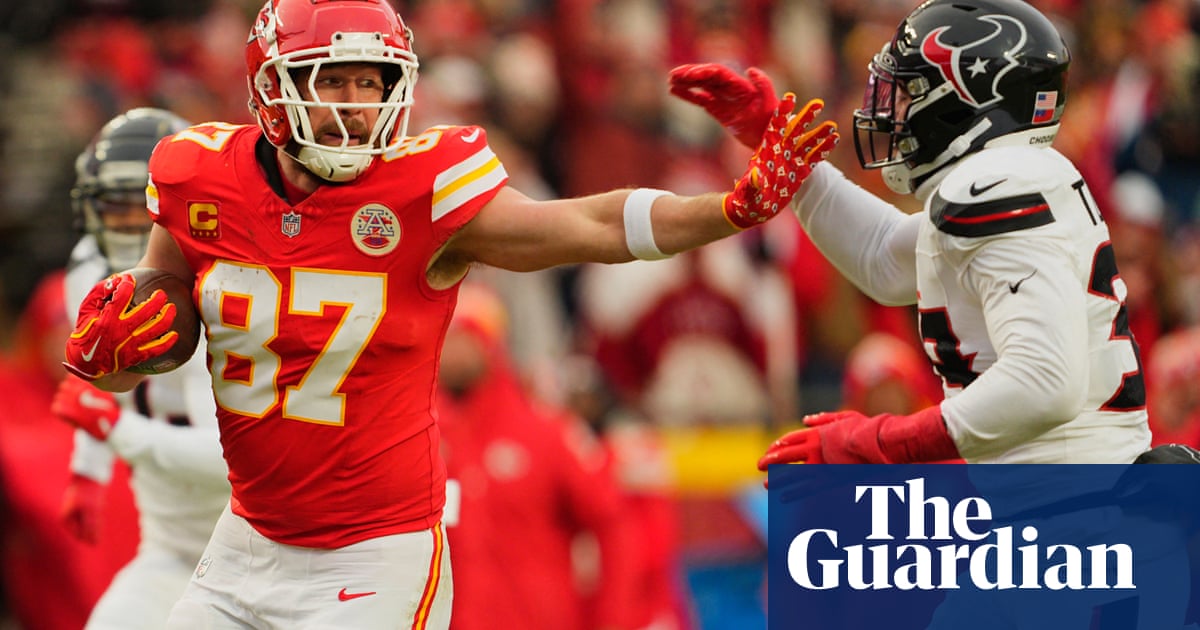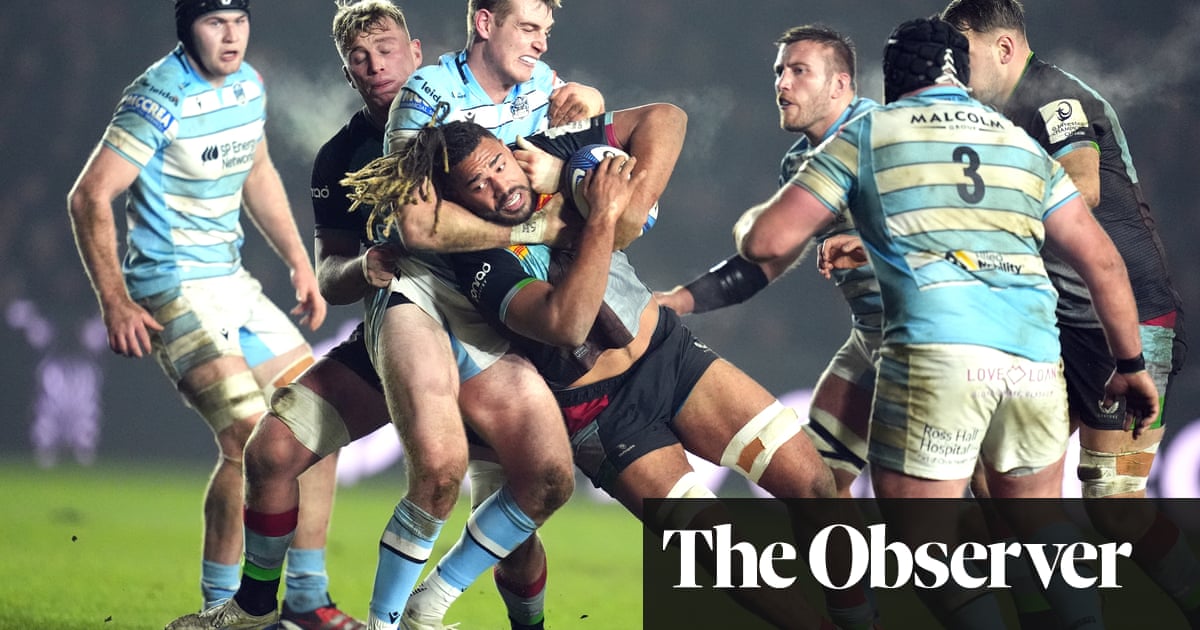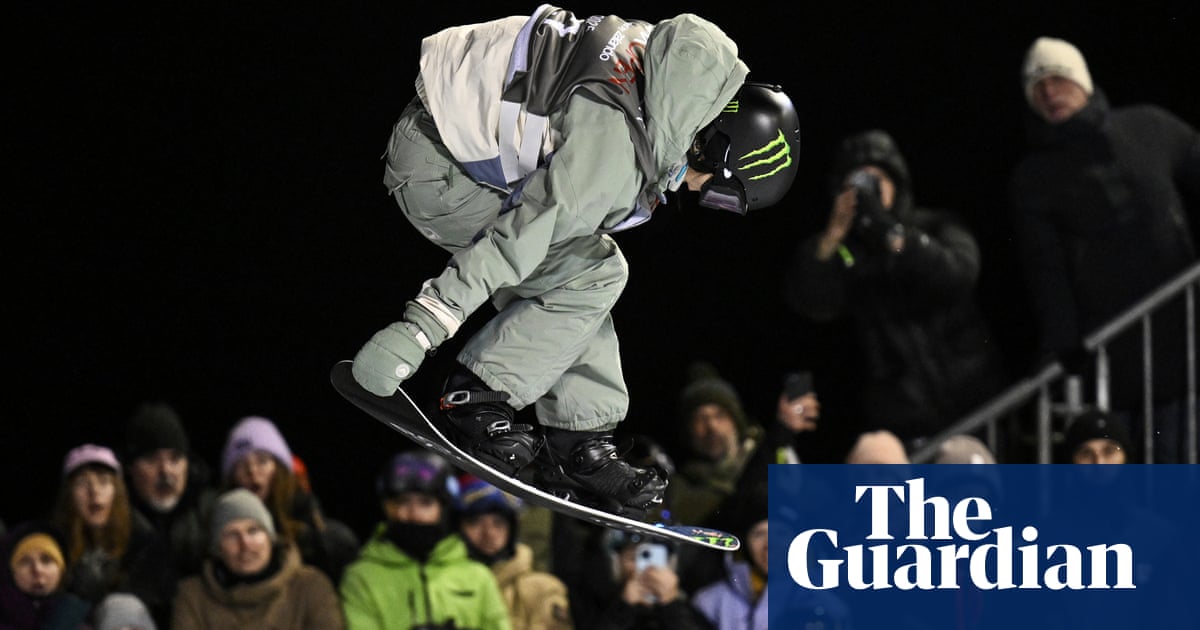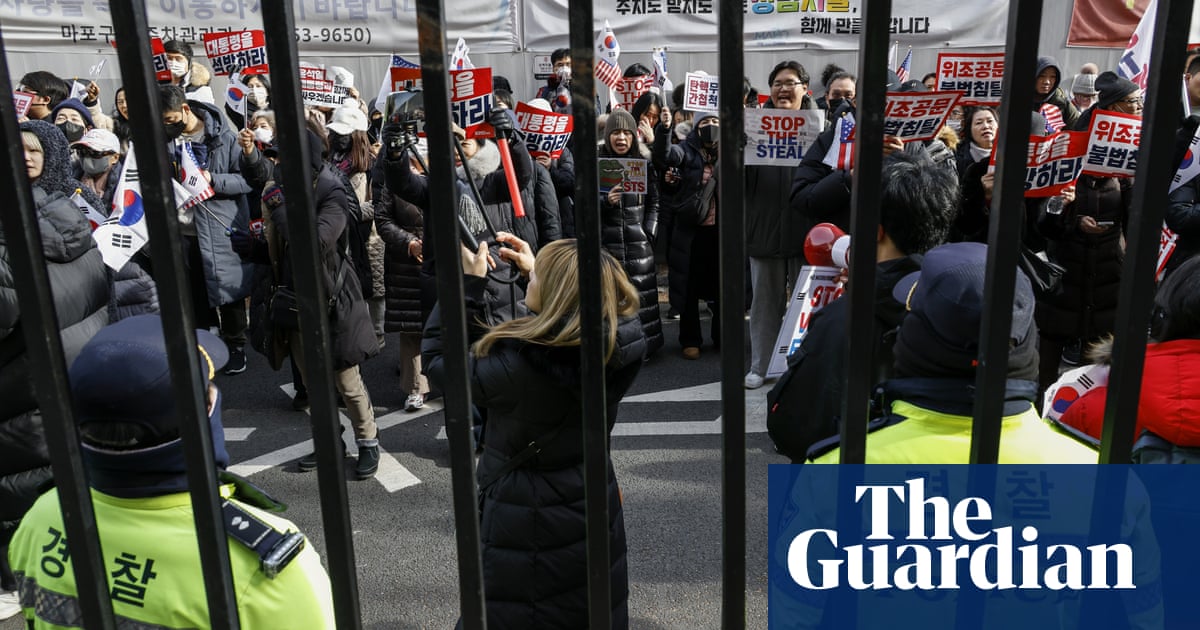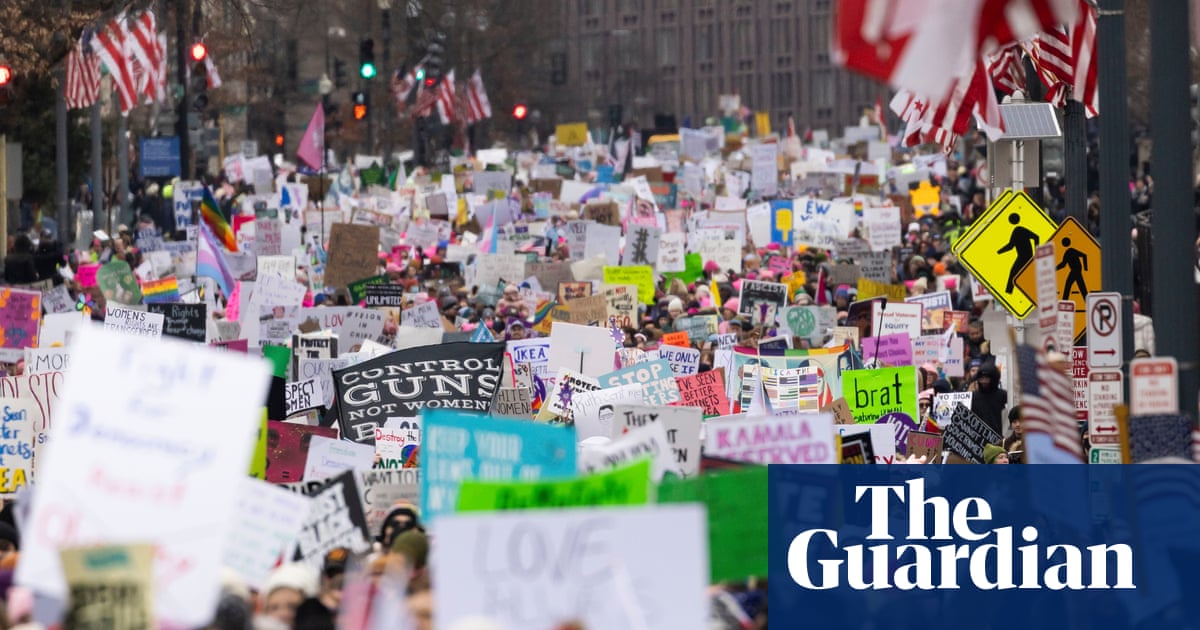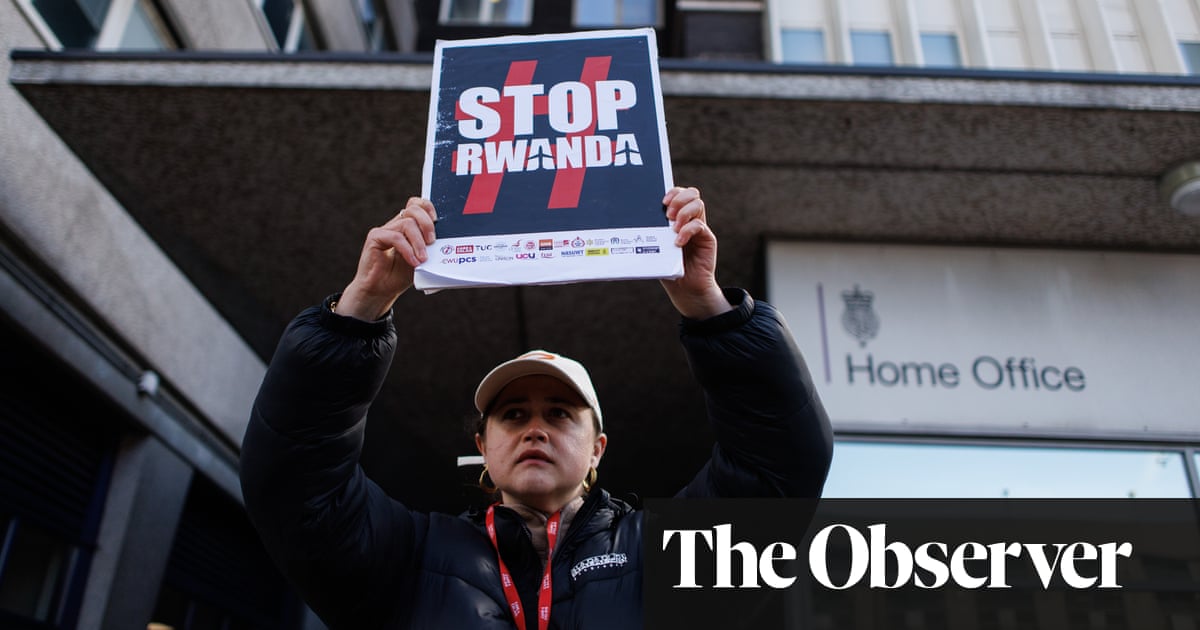There are several photographs in this exhaustive and exhausting exhibition that could be considered iconic. John Harris’s black-and-white image of a mounted police officer swinging a truncheon at the head of a woman during the miners’ strike is certainly one of them. Another, perhaps not so obvious contender is Paul Graham’s colour photograph of a seemingly ordinary looking traffic roundabout in Belfast, in which you have to look closely to see a British soldier running across the road in the background.
One visceral, the other understated, they both say something about a decade that was marked by social discontent, violence and upheaval. They also denote the changes in photographic practice that occurred during that time: in this instance, the shift from monochrome to colour, from photojournalism to a more detached style of documentary. To a degree, too, they distil the curatorial thrust of this sprawling exhibition, which, as its subtitle suggests, is more about photography’s often conceptually based responses to the 1980s than the turbulent nature of the decade itself. As such, though punctuated with some powerful single images as well as several intriguing series, it makes for a dogged viewing experience that confuses as much as it enlightens.

The first section, Documenting the Decade, features protests and acts of resistance as “photographed through an activist lens”. The selection of often hard-hitting photojournalism immediately establishes the 80s as a time of seemingly unending social discontent driven by the kind of collective leftwing defiance that seems all too rare these days. The miners’ strike looms large, not least in John Sturrock’s dramatic shot of a mass picket facing off against a phalanx of oddly calm-looking coppers. The anti-nuclear protests at Greenham Common are reflected though the lens of four female photographers from the Format Agency – Maggie Murray, Melanie Friend, Brenda Prince and Jenny Matthews – who evoke the defiant atmosphere that endured amid often challenging conditions.
Racial tension is another undercurrent, as Colin Jones’s reportage from various National Front marches attest. In one unforgettable image, an angelic, blond-haired child holds a flag beneath a makeshift platform from which the NF leader, John Tyndall, is exhorting his followers at a rally in multicultural Lewisham, south London. Syd Shelton’s more affirmative images of a Rock Against Racism festival in Victoria Park in Hackney are reminders of a time when music was unapologetically militant, just as his street portraits of skinheads on Brick Lane recall a time when the capital was a more casually violent city in which to be young.
The 80s were punctuated by inner-city riots in Liverpool, Bristol and elsewhere and their dismal aftermaths – smouldering cars, burnt-out buildings – remain resonant. The decade culminated with the poll tax affray in central London, a violent disruption of the everyday perfectly evoked by Friend’s portraits of two bemused Japanese tourists holding HMV shopping bags while thick smoke billows from a burning barricade behind them.

The 80s was also the decade in which European theory in the form of postmodernism, structuralism and semiotics laid siege to traditional academia, and the fallout, often fascinating, was inevitably felt in photography, a medium where signs and signifiers abound. Visual theorist Victor Burgin is a key figure here, his cerebral melding of image and text, deadpan yet incisive, influencing Karen Knorr, whose series Gentlemen features of various private men’s clubs in central London. They seem even more pertinent now in terms of their artful deconstruction of extreme privilege.
The belated emergence of colour photography in Britain began in earnest in 1979 with a show by Peter Mitchell at the Impressions Gallery in York, whose curator, Val Williams, is a visionary presence throughout this exhibition. Many of the most striking images here – from Anna Fox’s harshly lit but slyly subversive series Work Stations to Tom Wood’s intimately observant glimpses of boozy clubbers in New Brighton – make optimum use of colour film’s transgressive thrust. In retrospect, it was the perfect means of capturing the decade’s brashness, political and social.

Paul Graham’s series Beyond Caring is an altogether more muted, but no less effective, evocation of the terminal boredom of job centre waiting rooms: places where hope died interminably slowly. I was struck, too, by how ominous Paul Seawright’s series Sectarian Murder still seems. Made in Northern Ireland in 1988, it still chills the soul with its deft merging of often mundane settings, with text that outlines the horrific killings that took place there.
Race, gender and identity loom large here, with performative self-portraiture emerging as a way to explore often complex expressions of sensuality, otherness and estrangement. The multilayered homoerotic imagery of Rotini Fani-Kayode and Ajamu X, who were friends and creative collaborators, seems at once of its time and acutely prescient. Joy Gregory’s grid of black and white autoportaits, playful and subversive, are a response to the near-invisibility of black women in the fashion industry of the time. There is a sense throughout of an alternative history of black activist photographers who embraced conceptualism as a more subtle and deeper way of exploring – and exposing – their own exclusion from, and dissatisfaction with the predominantly white male mainstream.

For all that, I left this show feeling slightly beleaguered by the overload of images and attendant theory. The foregrounding of emerging visual strategies, from activist reportage to nascent conceptualism to identity-driven self-portraiture, is brave but often bewildering rather than enlightening. The final room, Celebrating Subculture, is a case in point, being a cursory nod to a decade that saw the emergence of the style-conscious youth culture that echoes through fashion, music and indeed everyday life until this day.
If your image of the 80s is predicated on memories of The Face magazine, or the blossoming of extravagant tribal subcultures such as goths and New Romantics in clubs such as the Batcave and Blitz, you may be as baffled as I was not to encounter a single image by the likes of Juergen Teller, Nigel Shafran or Derek Ridgers. Instead, there are four street portraits of stylish young men by Jason Evans and, even more randomly, a recreation of Wolfgang Tillmans’s first photo installation, which mainly comprises images taken at Berlin’s Love parade. A portrait of the 80s, then, but one that at times seems determinedly out of focus.
-
The 80s: Photographing Britain is at Tate Britain, London, until 5 May 2025

 1 month ago
34
1 month ago
34


